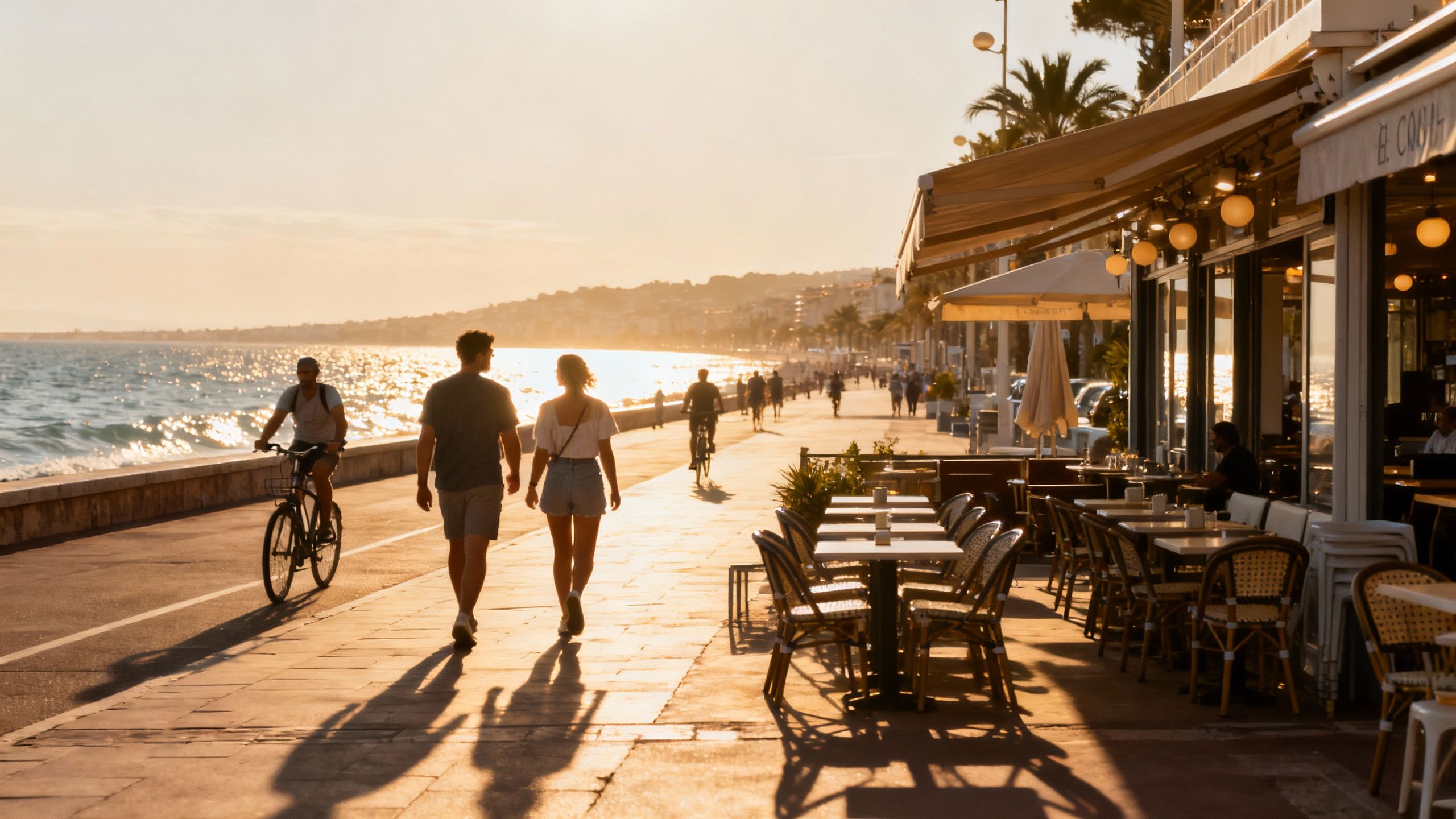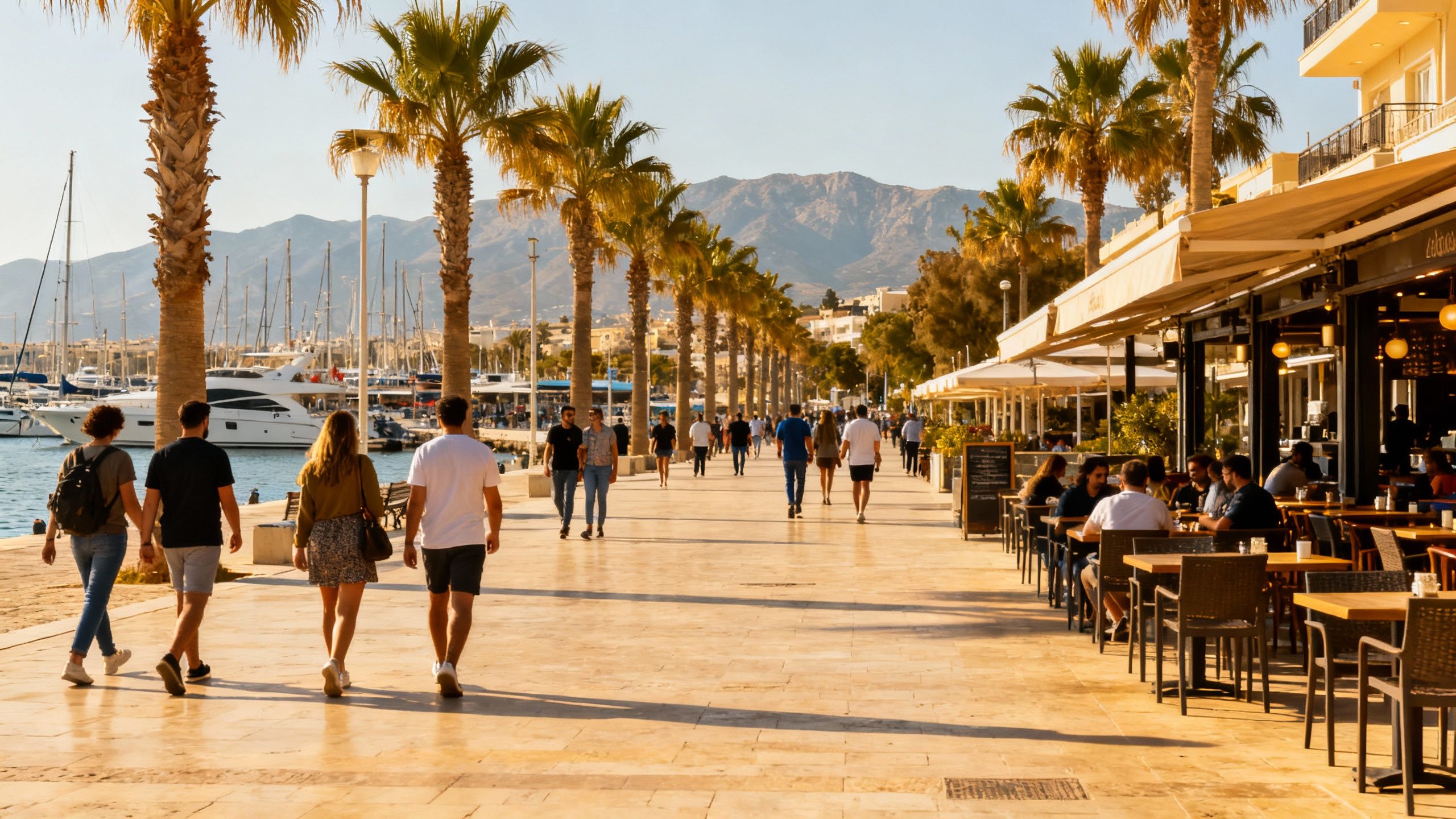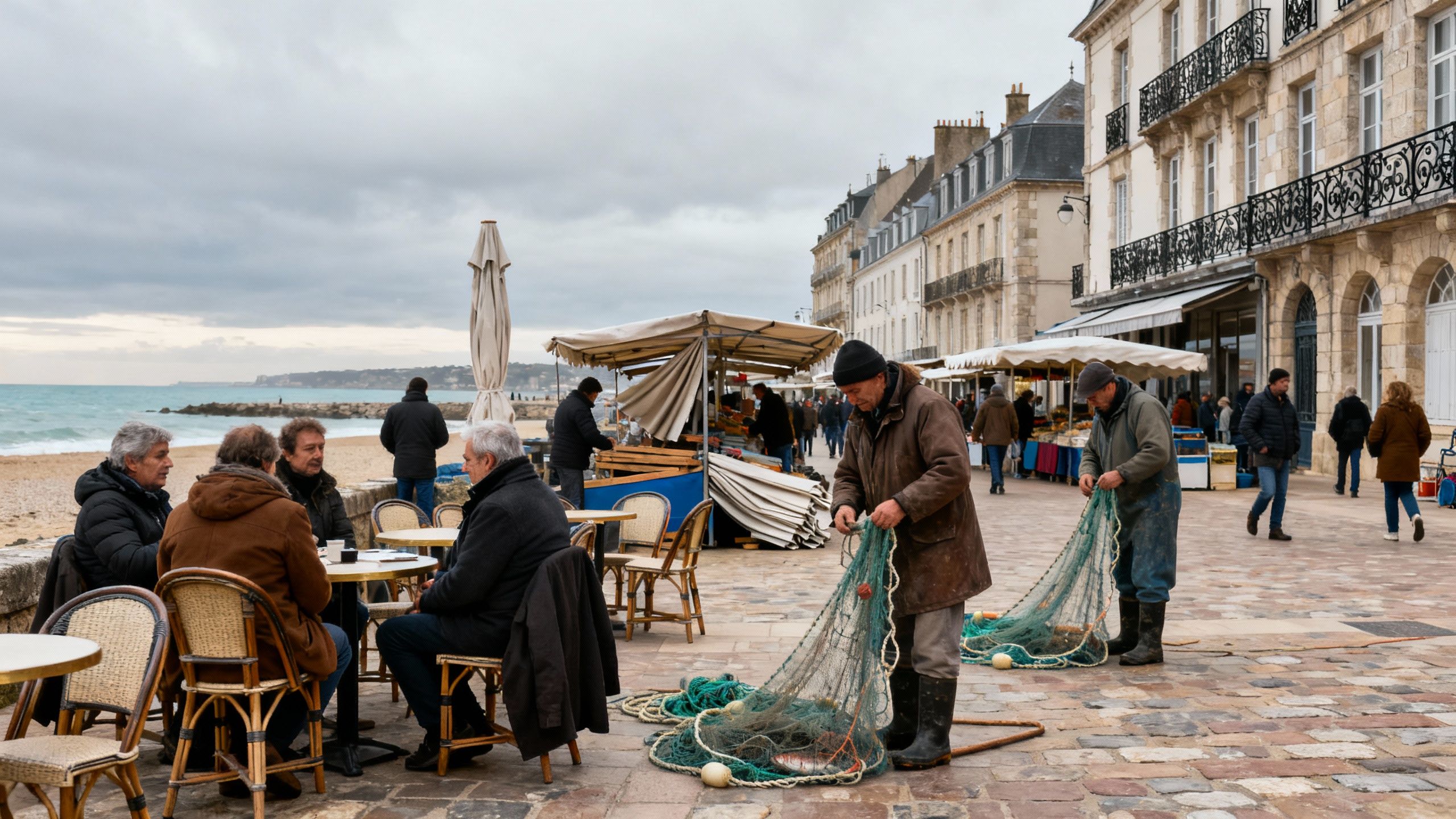Italy — Seasonal rhythms, tax traps & rental yields
Italy pairs seasonal, market‑specific lifestyle appeal with regionally divergent price dynamics; use ISTAT and industry forecasts to match neighbourhood choice to your lifestyle and liquidity needs.
Imagine waking to the smell of espresso and warm brioche on a narrow street in Florence, spending afternoons at a seaside café in Liguria, and balancing mornings of remote work with late‑day passeggiata. That is everyday life in Italy: a rhythm of markets, neighbourhood cafés, seasonal festivals and neighbourhood familiarity. Recent market forecasts show steady, regionally varied price growth and rising rental demand — important facts to match your lifestyle priorities with realistic investment thinking.
Living the Italy lifestyle
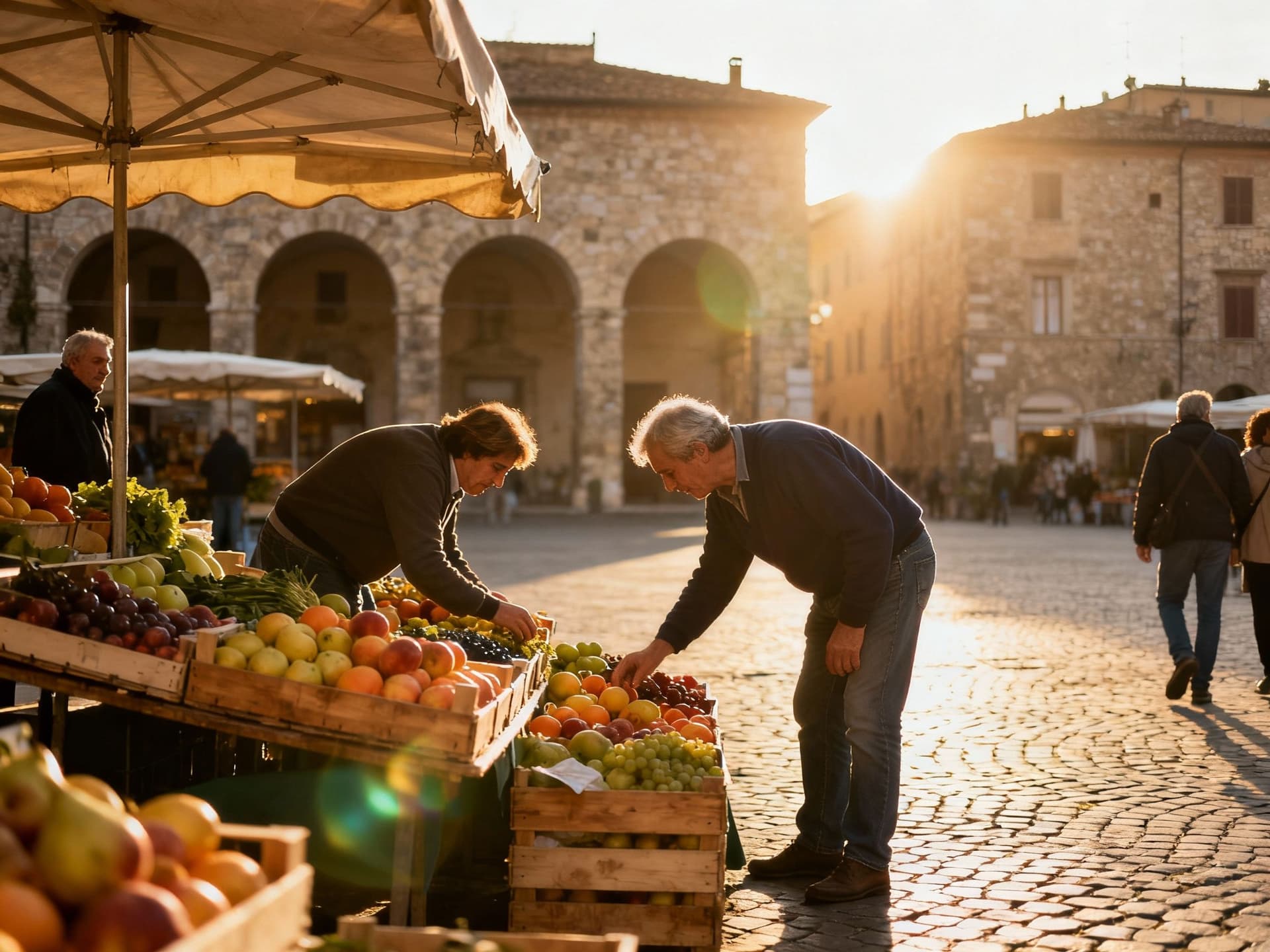
Days in Italy move between piazzas, markets and coastlines. Coffee culture is civic: quick espresso at the bar in the morning, slower lunches with house wine, and late evening strolls through historic centres. Coastal towns like Amalfi or Viareggio pulse with seasonal tourism; hill towns in Tuscany slow down in winter. Public markets, local bakeries and neighbourhood bars create micro‑communities that shape how you live and which property makes sense — whether a compact centro storico flat or a villa with a garden.
City neighbourhoods and coastal pockets: where life differs
In Milan the rhythm is professional and fast — neighbourhoods such as Navigli and Brera offer canal walks, design shops and evening aperitivo cultures suited to busy professionals. Rome mixes monumental tourism with local pockets like Trastevere and Monteverde, where narrow lanes and local trattorie make daily life intimate. On the coast, Liguria and portions of Puglia reward buyers seeking beach mornings and slow weekends; Tuscany and Umbria offer countryside leisure and short drives to vineyards. Each neighbourhood delivers a distinct daily soundtrack and practical trade‑offs in price, maintenance and rental potential.
Food, markets and social life — the everyday pleasures
You will shop with seasonality in mind: morning markets for fish and produce, weekend food fairs that close streets to traffic, and neighbourhood bakeries with region‑specific breads. Dining ranges from family‑run osterie to modern bistros; small plates, regional cheese and wines are daily fixtures. These social rituals affect property choices: proximity to markets, a kitchen designed for fresh cooking, balcony space for drying herbs and a ground‑floor entrance for ease of groceries all matter to how you’ll live.
- Short list of lifestyle highlights
- A morning espresso at Bar Pasticceria in Florence’s Sant’Ambrogio market
- Weekend market and aperitivo culture in Milan’s Navigli
- Coastal walks and seafood lunches in Liguria’s Cinque Terre towns
Making the move: practical considerations
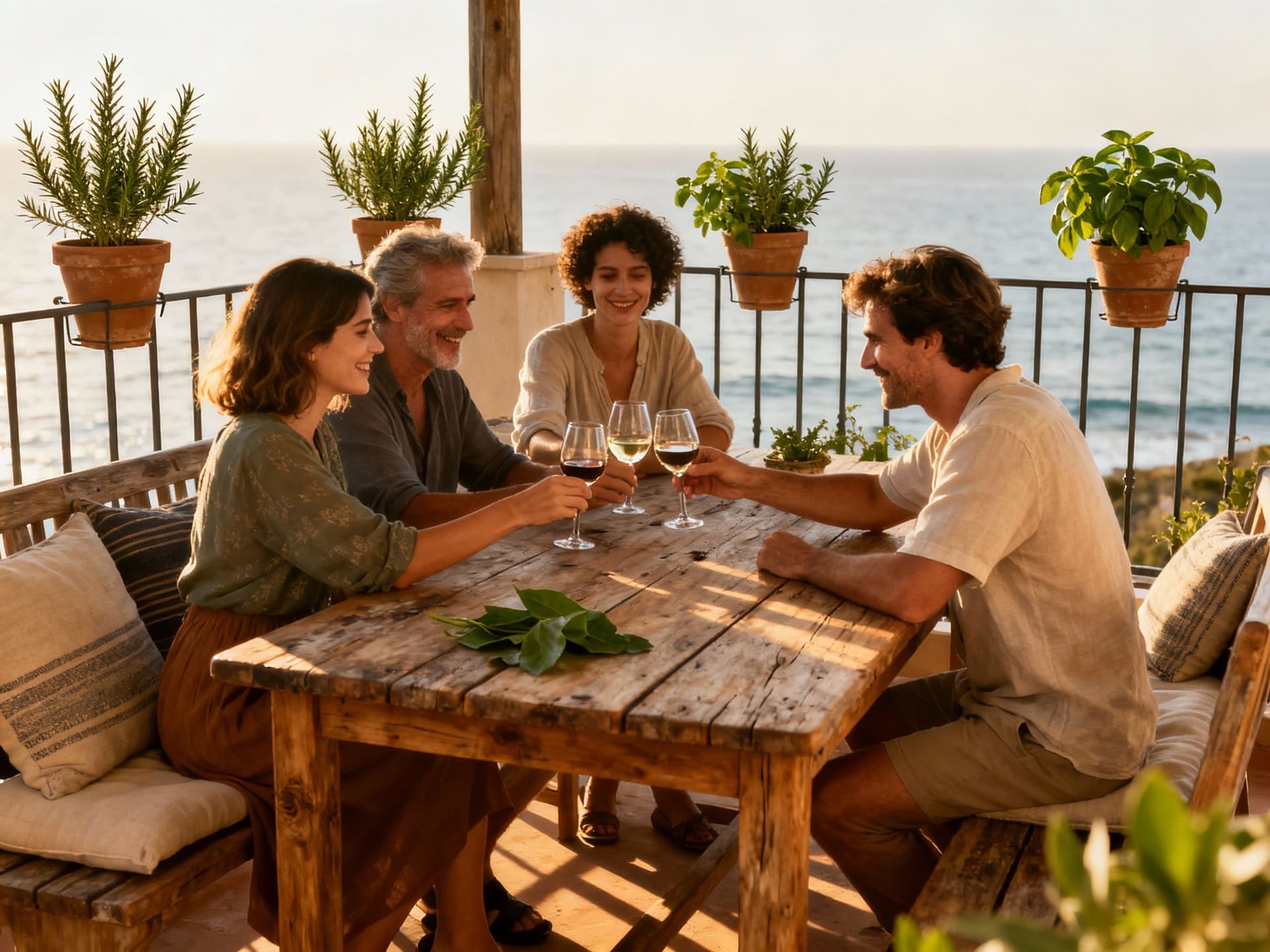
Lifestyle must meet legal, tax and market reality. Italy’s market shows regional price divergence and improving transaction volumes, so timing and location choice matter for liquidity and rental demand. Recent forecasts expect modest national price growth and rising mortgage activity; however, supply constraints and local planning rules create micro‑markets where opportunities and risks differ noticeably.
Property styles and their practical trade-offs
From centro storico apartments to countryside villas and coastal townhouses, each property type answers a lifestyle need. Historic flats offer ambience and walkability but often require renovation and deal with condominium rules. New builds provide energy efficiency and warranties, though they cluster in limited zones and often command premium pricing. Use the House Price Index and local sales volumes to judge resale liquidity and expected holding costs.
Working with local experts who understand lifestyle fit
A local agent who knows morning market routes, school catchments and seasonal rental patterns will save you time and money. Expect agents to coordinate technical surveys (via geometra or engineer), notaries for contracts, and tax advisors for fiscal implications. Insist on agencies that provide recent transaction comparables, clear fee schedules and bilingual support if you’re not fluent in Italian.
- Step-by-step checklist blending lifestyle and practical needs
- Rank neighbourhoods by daily routines (commute, markets, schools) and shortlist properties that match that pattern
- Commission a technical survey early for older buildings; factor in renovation timelines and local permit requirements
- Model taxes and running costs with a local fiscal advisor: IMU, garbage tax, registration taxes and potential rental income tax
- Agree contractual protections: deposit terms, completion dates, and notary‑based completion to limit cross‑border risk
Insider knowledge: what expats wish they knew
Expats often underestimate how local rhythms and seasons affect costs and occupancy. Coastal towns gain rental income in summer but can be quiet in winter; mountain and ski areas have inverted seasonality. Language and bureaucracy are manageable with local professionals, but patience is required for permits and utility switches. Plan for a cultural integration phase: initial fascination gives way to practical routines — food shopping, healthcare registrations and community involvement.
Cultural integration and community
Learning basic Italian accelerates everyday life; locals reward effort in language and customs. Participate in market mornings, join a volunteer association or enroll in a cooking class to meet neighbours beyond the expat bubble. For families, research local schools and healthcare registration early; for renters, expect short‑term seasonal demand in tourist towns and longer leases in cities.
Long-term life: taxes, residency and rental prospects
Tax residency, IMU property taxes and rental taxation will materially affect net returns for investors moving to Italy. Recent forecasts show modest price increases and improving mortgage activity, suggesting better liquidity for sellers and more buyers in 2025–2027. If rental income is a priority, coastal and tourist towns offer higher peak yields but higher management overhead; cities like Milan and Rome offer steadier year‑round demand.
- Practical red flags to spot before you sign
- Unclear communal condominium minutes or pending restoration works
- No up‑to‑date seismic and energy certificates for older properties
- Promises of immediate rental income without documented comparables
In short, Italy offers a life shaped by food, rhythm and place — and a property market where local detail drives value. Use national data (ISTAT), reputable forecasts (Nomisma) and prime‑market analysis (Knight Frank) to set your expectations, then work with a bilingual local advisor, a notary and a technical surveyor to protect your purchase. Picture a year from now: Saturday markets, a favourite café, and a home that fits both how you want to live and how the market is moving.
Next steps: shortlist neighbourhoods that match your daily patterns, commission a local technical survey, and request recent transaction comparables from at least two agents before making an offer. Small, informed steps preserve the lifestyle you want while managing financial and legal risk.
British investor turned advisor after buying in Costa del Sol since 2012. Specializes in cross-border compliance and data-driven investment strategies for UK buyers.
